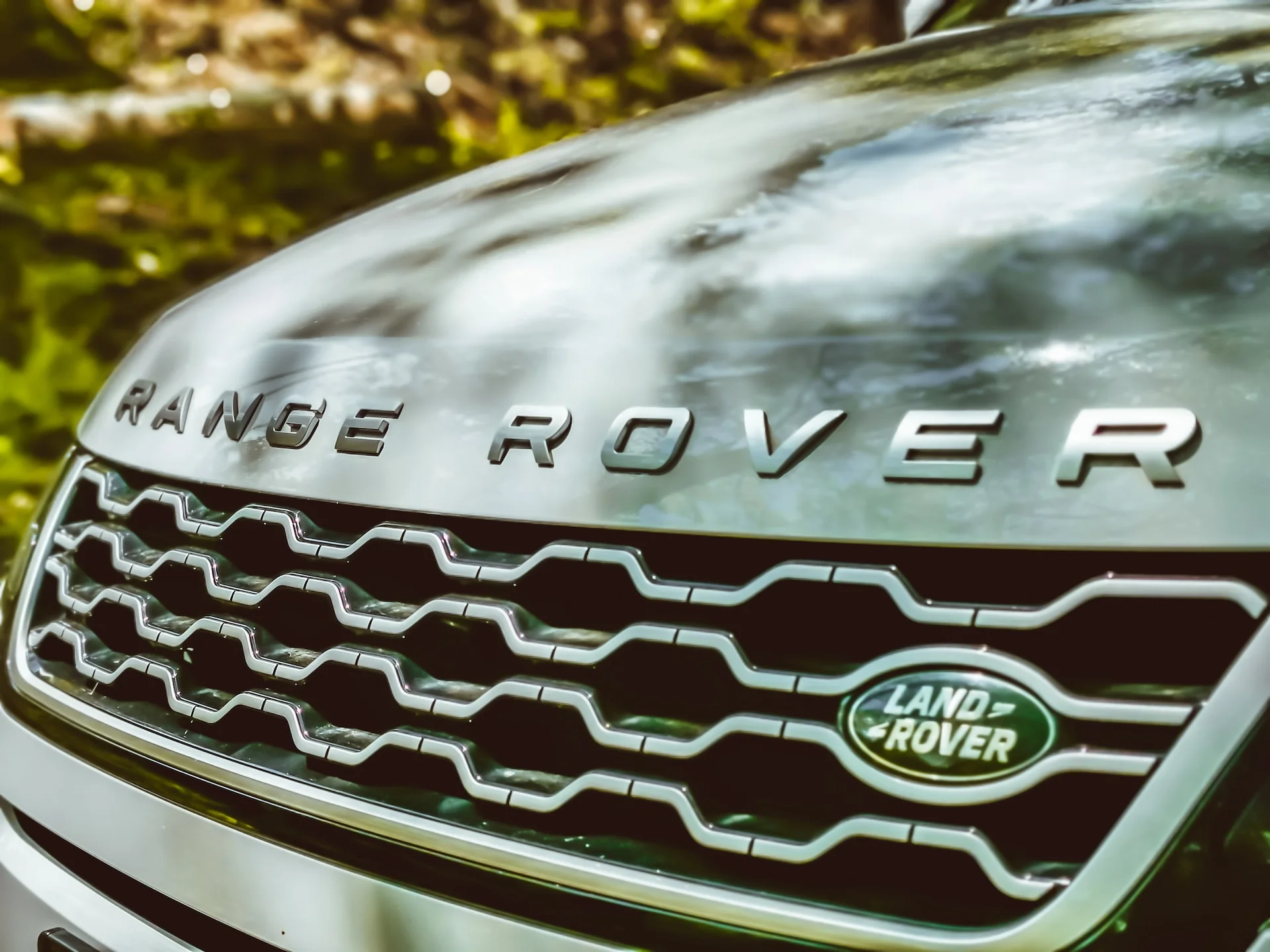At Meta Mechanics, we are committed to providing top-tier service for high-end vehicles, including the Range Rover SV, a luxury SUV renowned for its performance, elegance, and off-road capabilities. Recently, we had the opportunity to complete a Range Rover SV transmission overhauling job in Dubai. The vehicle had been experiencing severe transmission issues, and upon inspection, our expert technicians uncovered several critical problems that required immediate attention. In this article, we’ll walk you through the problems we identified, the solutions we provided, and how Meta Mechanics can be the trusted solution for any transmission-related concerns. Whether you’re searching for Meta Mechanics or a reliable car garage near me, we’re here to help ensure that your Range Rover runs at its optimal performance.
The Problem: Transmission Overhauling in the Range Rover SV
Transmission issues in a Range Rover SV can manifest in various forms, including erratic shifting, strange noises, delayed gear engagement, and overall poor driving performance. The transmission system is the heart of a vehicle’s drivability, transferring power from the engine to the wheels. When transmission problems arise, they can significantly impact both performance and the safety of the vehicle.
In the case of the Range Rover SV that we worked on, the owner brought the vehicle in with noticeable transmission performance issues. Symptoms included rough shifting, overheating, and delayed acceleration. The vehicle was struggling to shift smoothly, with the gears either slipping or not engaging properly. Moreover, the owner reported occasional burning smells and a lack of acceleration, especially when driving at high speeds or under heavy loads. These signs pointed to serious transmission issues, leading to the need for a complete transmission overhaul.
The Issues We Discovered During the Inspection
Upon receiving the Range Rover SV at Meta Mechanics, our expert technicians conducted a detailed inspection to diagnose the root cause of the transmission issues. We discovered several underlying problems that had contributed to the transmission failure and overheating:
Worn Clutch Packs and Bands
During the inspection, we found that the clutch packs and bands within the transmission were severely worn. Clutch packs are responsible for the smooth engagement and disengagement of gears, while the bands help to control the gear shifting. Over time, with prolonged use or lack of maintenance, the clutch packs and bands can wear down, leading to slipping gears, delayed shifting, and difficulty in accelerating.
Damaged Torque Converter
We also found that the torque converter, which is responsible for transferring engine power to the transmission, was damaged. The torque converter is an essential component that ensures the proper transmission of power. A damaged torque converter leads to poor performance, including delayed acceleration and a rough driving experience.
Contaminated Transmission Fluid
Another significant issue we identified was the state of the transmission fluid. The transmission fluid was heavily contaminated and no longer effective in lubricating the internal components of the transmission system. Dirty fluid can cause increased friction between the moving parts, resulting in overheating, poor shifting performance, and premature wear on the transmission components.
Faulty Valve Body
The valve body, which is responsible for controlling the flow of transmission fluid through the system, was found to be faulty. A malfunctioning valve body can cause irregular shifting, erratic gear changes, and overheating. This component plays a critical role in maintaining proper fluid pressure, and any issues with it can significantly impact the overall performance of the transmission.
Damaged Gears and Bearings
We also discovered that some of the gears and bearings inside the transmission were damaged. The gears help to transmit power from the engine to the wheels, while the bearings ensure smooth rotation of the moving parts. Worn or damaged gears and bearings can cause poor shifting, loud noises, and inefficient power transmission, further complicating the performance of the vehicle.
Leaking Seals and Gaskets
Lastly, we found several leaking seals and gaskets that were allowing transmission fluid to escape from the system. This exacerbated the problem of low fluid levels and further contributed to overheating and shifting issues.
The Solutions We Implemented
After diagnosing the underlying issues with the Range Rover SV’s transmission, we formulated a comprehensive plan to carry out the necessary repairs and bring the vehicle back to optimal performance. Here’s a breakdown of the solutions we provided:
Complete Transmission Overhaul
The most effective solution for this Range Rover SV was a complete transmission overhaul. This involved disassembling the transmission system, thoroughly cleaning each component, and replacing any damaged or worn parts. We replaced the clutch packs and bands, which were crucial for smooth shifting, ensuring that the vehicle would once again shift seamlessly between gears. We also replaced any damaged gears and bearings to restore the transmission’s efficiency and performance.
Replacing the Torque Converter
We replaced the damaged torque converter with a high-quality replacement unit. This part plays a key role in transferring engine power to the transmission, and replacing it was crucial to restoring smooth acceleration and overall performance. The new torque converter was installed and tested to ensure that it was functioning properly.
Transmission Fluid Flush and Replacement
We performed a complete transmission fluid flush to remove all the old, contaminated fluid from the system. Contaminated fluid can lead to poor lubrication and increased wear on the transmission components. We then refilled the transmission with high-quality, manufacturer-approved fluid to ensure that all components were properly lubricated and cooled.
Valve Body Repair or Replacement
The faulty valve body was either repaired or replaced, depending on the extent of the damage. The valve body controls the flow of transmission fluid, which is crucial for smooth shifting. We made sure that the valve body was functioning properly, ensuring the correct fluid pressure was maintained throughout the system.
Seal and Gasket Replacement
We replaced all the damaged seals and gaskets in the transmission to prevent further fluid leaks. Ensuring that the transmission is sealed tightly is essential for maintaining proper fluid levels and avoiding the risk of overheating. Our team made sure that the new seals were installed correctly to prevent any leaks and keep the transmission system functioning smoothly.
Comprehensive Testing
After completing all necessary repairs, we thoroughly tested the Range Rover SV’s transmission to ensure that everything was functioning as it should. Our technicians conducted road tests to verify that the vehicle shifted smoothly, accelerated properly, and that there were no signs of overheating or performance issues.
Preventative Maintenance Tips
While the Range Rover SV transmission is now operating at optimal performance, regular maintenance is essential to keep the vehicle running smoothly and prevent future issues. Here are some key maintenance tips for keeping your Range Rover SV’s transmission in top condition:
Regular Fluid Changes: Transmission fluid should be changed every 30,000 to 60,000 miles, depending on the vehicle’s use and the type of transmission fluid. Regular fluid changes prevent overheating and reduce the risk of transmission failure.
Check Fluid Levels: Low fluid levels can cause severe damage to the transmission. Regularly check the fluid levels and top them off as necessary to ensure proper lubrication and cooling.
Inspect for Leaks: Periodically inspect the transmission for any signs of fluid leaks. Leaks can cause the fluid levels to drop, which can lead to overheating and transmission damage.
Timely Repairs: If you notice any signs of poor shifting, unusual noises, or performance issues, don’t delay in bringing your vehicle in for inspection. Early detection of problems can prevent costly repairs and keep the transmission running smoothly.
Avoid Overheating: Overheating is one of the main causes of transmission failure. Avoid prolonged driving in high-stress conditions, such as towing heavy loads or driving in hot weather, to reduce the risk of overheating.
Why Choose Meta Mechanics?
At Meta Mechanics, we have built a reputation for delivering high-quality repairs and maintenance for luxury vehicles, including the Range Rover SV. When you’re searching for a car garage near me, here’s why we stand out:
Expert Technicians: Our team consists of highly trained and experienced technicians who specialize in luxury and high-performance vehicles, ensuring your Range Rover SV is in the best hands.
State-of-the-Art Equipment: We utilize the latest diagnostic tools and equipment to ensure accurate repairs and efficient service.
Comprehensive Services: Whether it’s transmission overhauling, engine repair, or routine maintenance, we offer a full range of services to keep your vehicle running smoothly.
OEM Parts and Quality Materials: We use only OEM (original equipment manufacturer) parts, ensuring that your vehicle performs as intended by the manufacturer.
Customer Satisfaction: Our commitment to excellence and customer satisfaction is at the core of our service. We work closely with our clients to ensure their needs are met and their expectations exceeded.
Conclusion
If you’re facing transmission issues with your Range Rover SV, don’t wait for the problem to worsen. Bring your vehicle to Meta Mechanics, your trusted car garage near me in Dubai, for expert transmission overhauling, repairs, and preventive care. Our team will ensure your vehicle is running at its best, providing a smooth, powerful driving experience. Contact us today to schedule a consultation or to book an appointment for transmission service!


